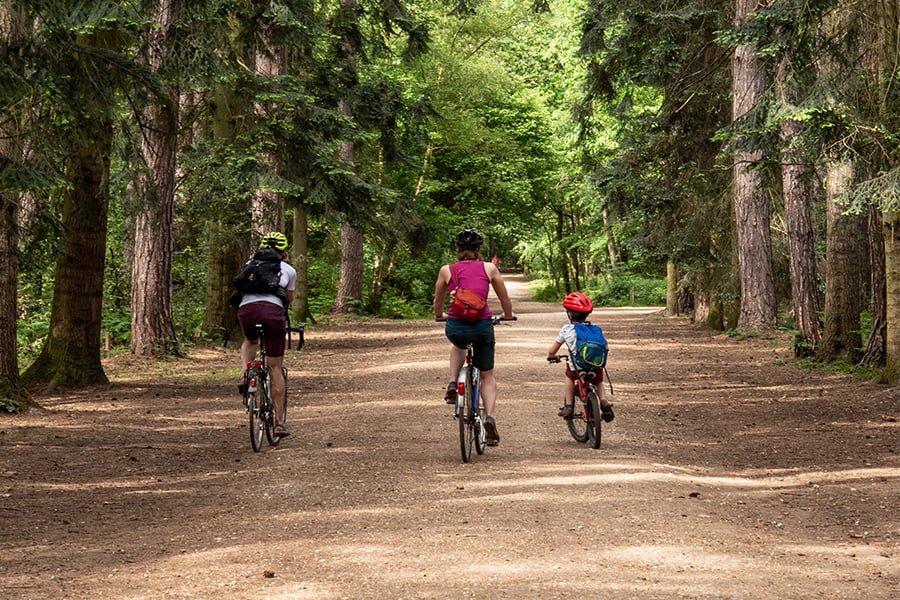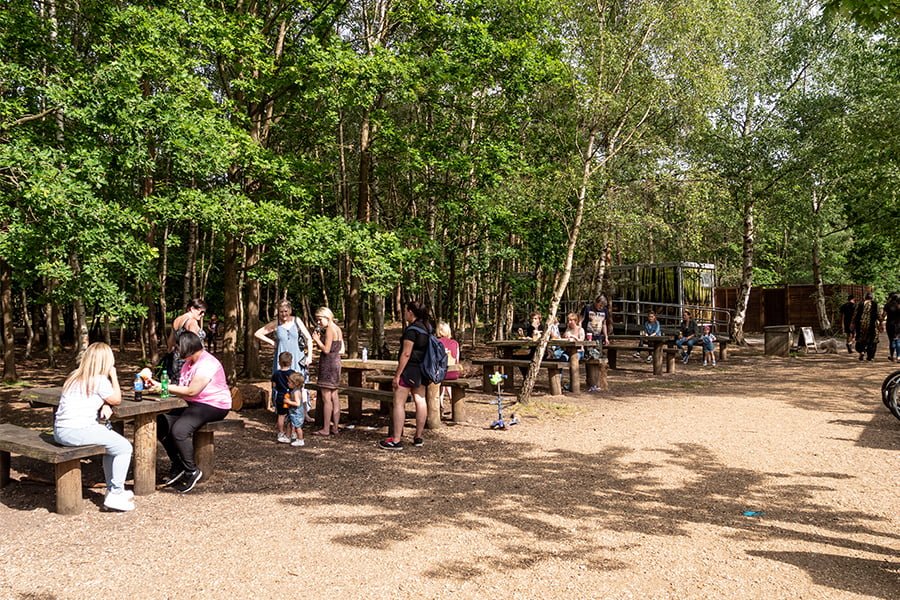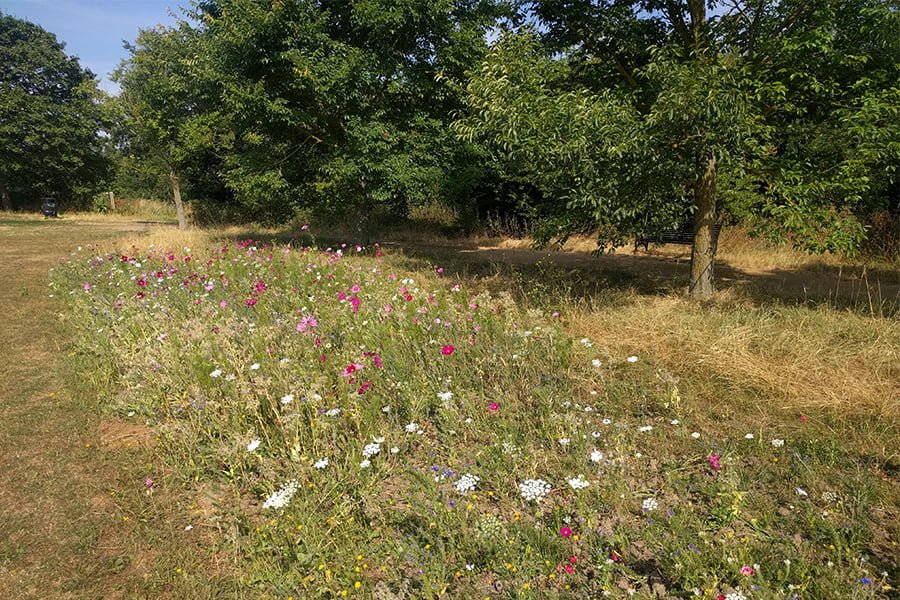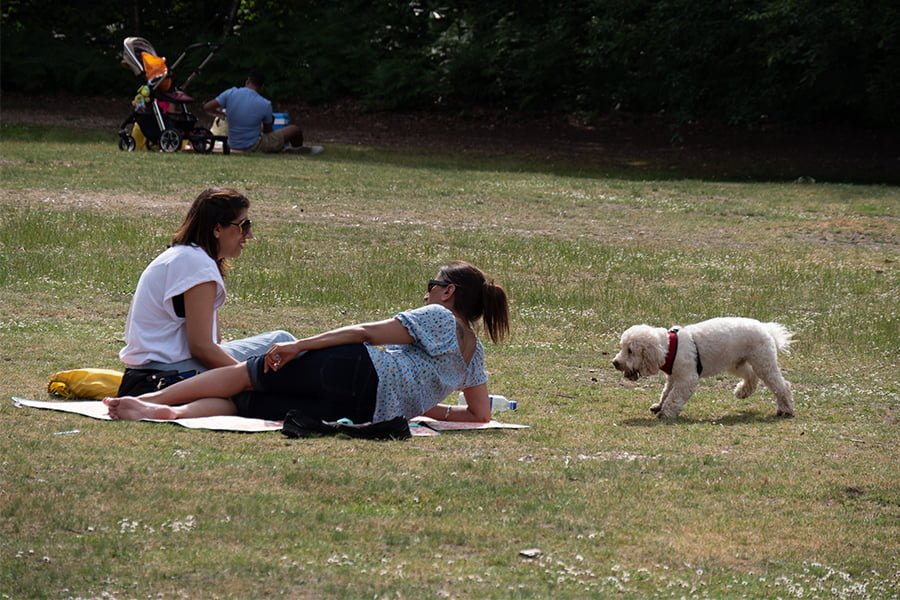
To maintain health and wellbeing, to socialise and to engage with nature. These are the positive messages about greenspaces that we have seen broadcast across the media throughout the pandemic. We have also experienced the different ways in which our communities have reacted to greenspaces. These have included new engagement, increased engagement, re-engagement and sometimes to our frustration, too much engagement! There is no denying that we have all seen more people in parks, on public footpaths, along canal towpaths and in our local nature reserves. Simple daily activities that for a lot of people have broken the cycle of home working, homeschooling and general lockdown restrictions.

As professionals, it’s not surprising we drew the conclusion that because of this greater focus on green space, something positive has come out of the crisis and that all is well in the way we are designing, promoting and managing our parks and green spaces.
However, judging from the evidence in a recent report published by Groundwork (following discussions held by Natural England’s National Outdoors for All Working Group), the Covid-19 pandemic has made deep-seated inequalities in green space provision more pronounced. It reports that marginalised groups either do not have convenient access to green space or are experiencing more complex issues around accessibility and safety.
The Out of Bounds Report provides an overview of the evidence and makes for some uncomfortable reading. It challenges our perception of what urban nature is, where it is, who engages and benefits from it and how it is managed. The evidence strongly suggests that inequity does exist and that people from low-income households and areas, people from ethnic minority backgrounds and disabled people are among the groups that miss out on the benefits of urban nature.
Importantly, it also provides a timely reminder that equitable access to public space is a right protected by law. Everyone managing greenspaces should be working to make sure everyone can access them on a fair and equal basis.

As environmental professionals, TEP is well placed to understand how good quality green and blue spaces bring lots of benefits including strengthening the local economy, improving health and wellbeing, supporting social connections, tackling climate change and protecting the environment. The report sets out to challenge budget holders, designers and the managers of green space to combat existing inequities by first recognising the rights of marginalised groups to access public green space.
The report correlates with our work in supporting local authorities, such as Merton, Blackpool, Lewes and Crawley in preparing their Open Space Strategies. This work has allowed us to see first-hand some of the problems faced by stakeholders and designers. TEP has very strong credentials in Green Infrastructure (GI) advocacy, strategy and planning and we specialise in developing GI plans that take account of environmental, economic and social priorities. Our recent work on the green and blue infrastructure project at Northern Roots Urban Farm and Eco Park in Oldham demonstrates how we can work collaboratively brokering agreements and establishing consensus across a wide spectrum of stakeholders. The results create spaces that balance the needs of people, wildlife and habitats.
The report has 3 strong conclusions

There needs to be greater recognition that a one size fits all approach does not work in breaking down inequality and that successful strategies that work in one community may not work in another. Open space assessments could and should do more to tackle inequity, starting with the stronger application of the existing Green Flag Award standards on welcome and inclusivity. Finally, there is clearly a need for the landscape industry to attract and recruit people from more diverse backgrounds to become the next generation of policy makers, designers, managers, Green Flag judges and the new advocates of our city and town greenspaces.
Phil Moseley
Head of Land and Estate Management








